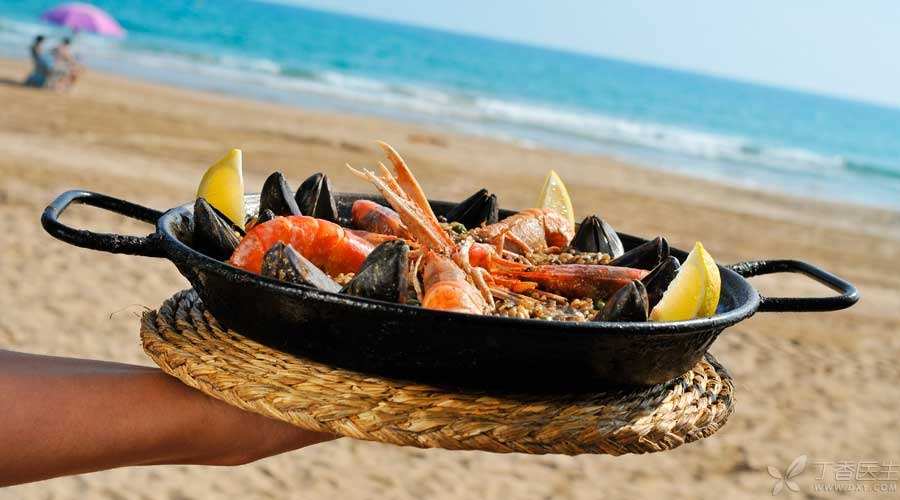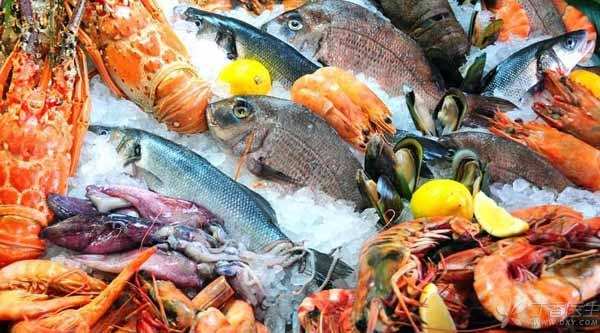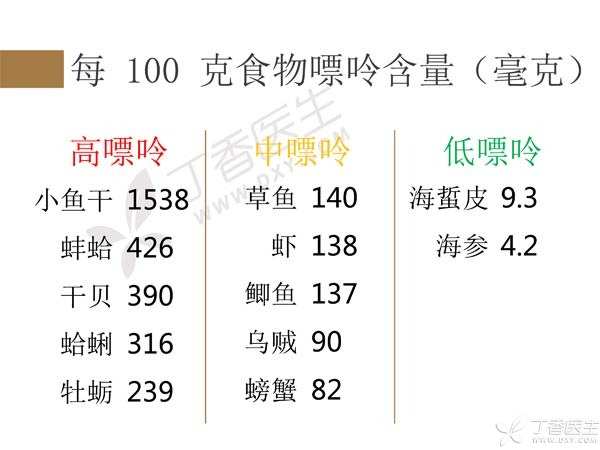
People suffering from gout or elevated uric acid often hear doctors say: “You can’t eat seafood in the future”. This is really a bolt from the blue for the eaters. Have you ever felt that your life is bleak from now on? However, things are not so absolute. Today we will have a good talk about seafood and gout.
Before that, review the relationship between uric acid rise and diet with Dr. Clove.
Causes of Uric Acid Elevation
The core link of gout and hyperuricemia is the increase of uric acid level in the body. The reasons are nothing more than the following two points:
- Excessive production of uric acid and reduced excretion of uric acid
Uric acid is the product of purine metabolism in the body. Most uric acid is produced by endogenous nucleic acid, and only a small part is caused by nucleic acid metabolism in ingested food.
Therefore, strict restriction of purine diet can only reduce uric acid level by 10% ~ 18%, about 70 ~ 90 mol/L.
Although in many cases, diet control alone cannot reduce uric acid to completely normal, eating and drinking at sea will still greatly increase the risk of gout.
Therefore, we still emphasize that [taboo] is the first step to treat gout!

Eating more seafood is easy to suffer from gout.
The relationship between seafood and gout and high uric acid is really supported by a lot of literature.
In 2004, American scholars published an article in the New England Journal of Medicine, which followed up 47,150 men for 12 years. The main study was to study the relationship between the diet structure and gout occurrence in these people. The results showed that people with high seafood intake level also had an increased risk of gout occurrence.
In the survey of 3 978 40 ~ 74 male residents in Shanghai, it was also found that the higher the seafood intake level, the higher the incidence of hyperuricemia.
These studies tell us that seafood can indeed affect purine metabolism in the body, but it is closely related to intake.
Reference Intake of Different Seafood
There are many kinds of seafood, and the purine content of different kinds of seafood is different. According to the purine content per 100g of food, seafood can be divided into:
1. High purine seafood
Every 100 g contains 150 ~ 1,000 mg purine. It is necessary to avoid eating it after diagnosis of gout or hyperuricemia, because this kind of food has high purine content and little intake is easy to cause urate precipitation to induce gout.
2. Medium Purine Seafood
It contains 25 ~ 150 mg purine per 100 g. It can be eaten 2 ~ 3 times a week with less than 100 g each time.
3. Low purine seafood
It contains 0 ~ 25 mg purine per 100 g. Because the purine content is small, there is almost no restriction.
Therefore, patients with gout and hyperuricemia need to know the purine content of various seafood before eating seafood, so as to know fairly well.
Purine Content of Common Seafood
The purine content of some common seafood is shown in the following figure:

Thus, the purine content of most seafood is obviously high.
The purine content of fish and shrimp is also close to that of high purine seafood. If you really want to eat it on weekdays, you must control the amount.
For details, please refer to the reference intake of different seafood mentioned above.
Finally, it should be reminded that gout and hyperuricemia are systemic metabolic problems, often accompanied by chronic diseases such as obesity, hyperlipidemia, hypertension, diabetes, etc., so at present, it is more advocated to change the lifestyle and properly control purine, instead of strictly restricting purine food.
